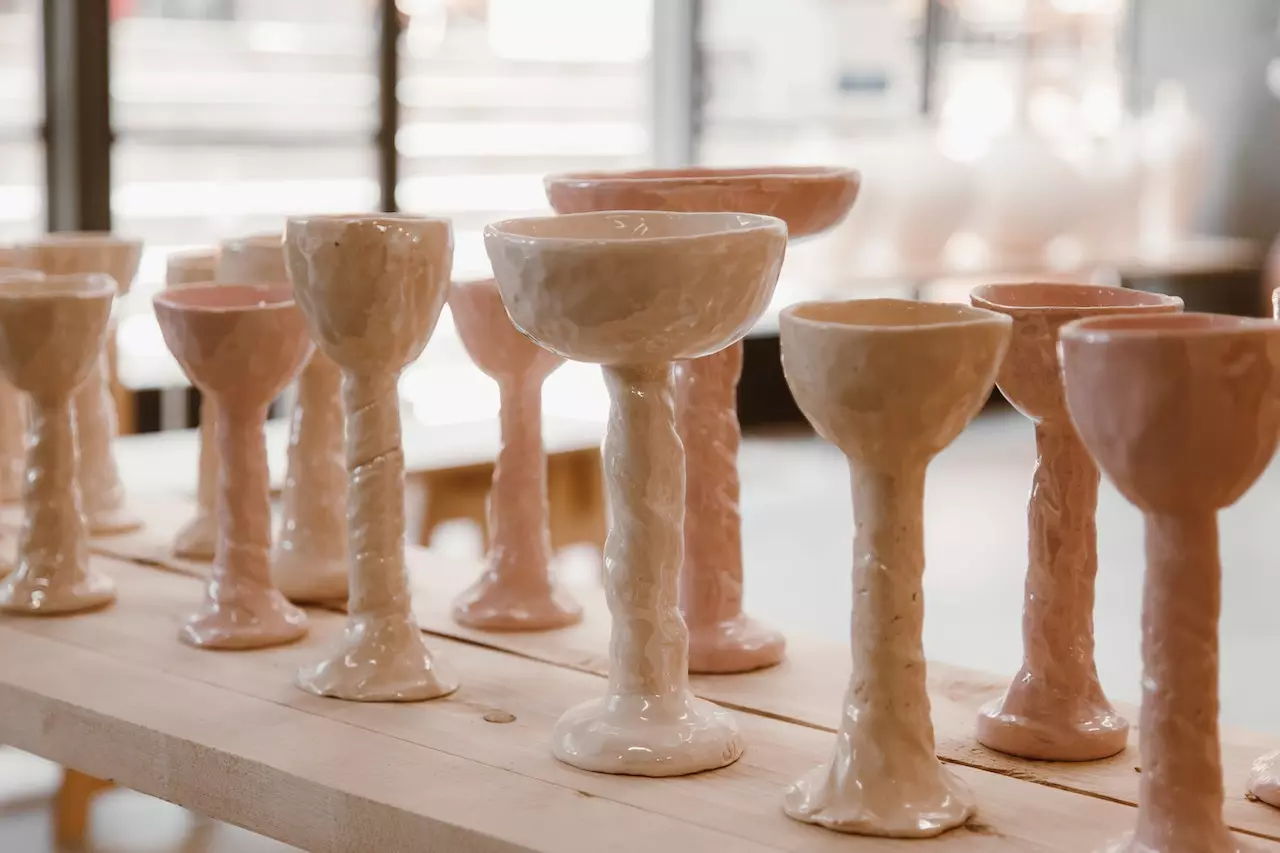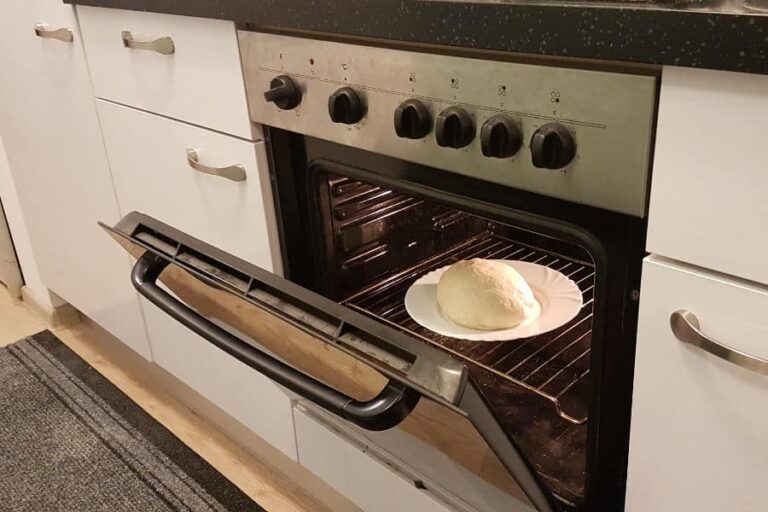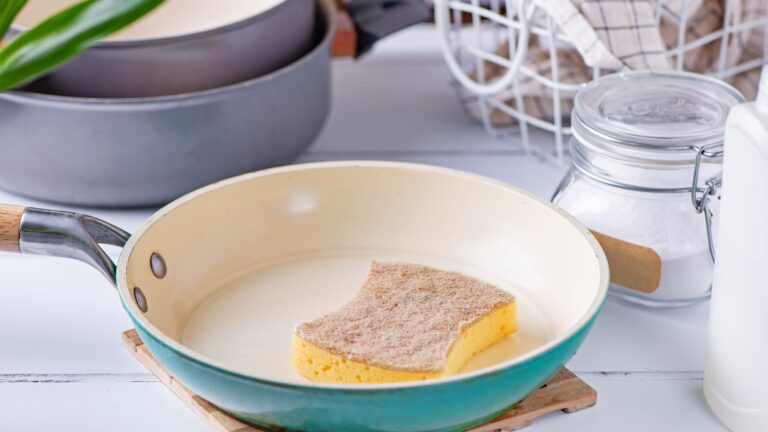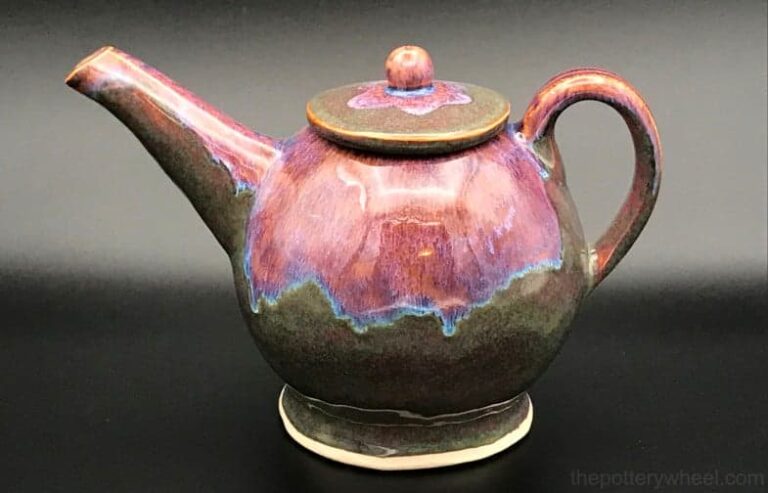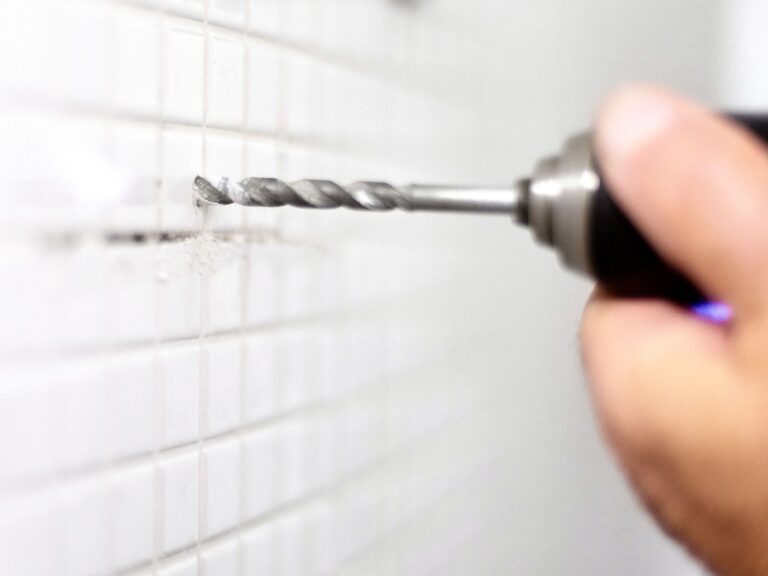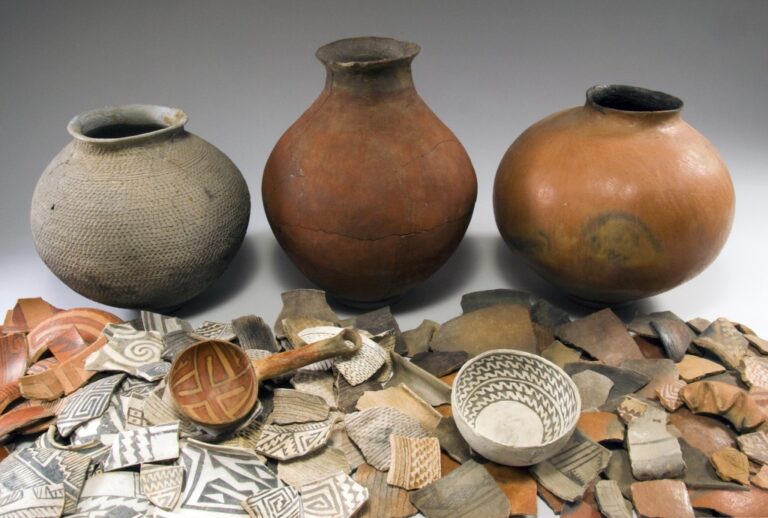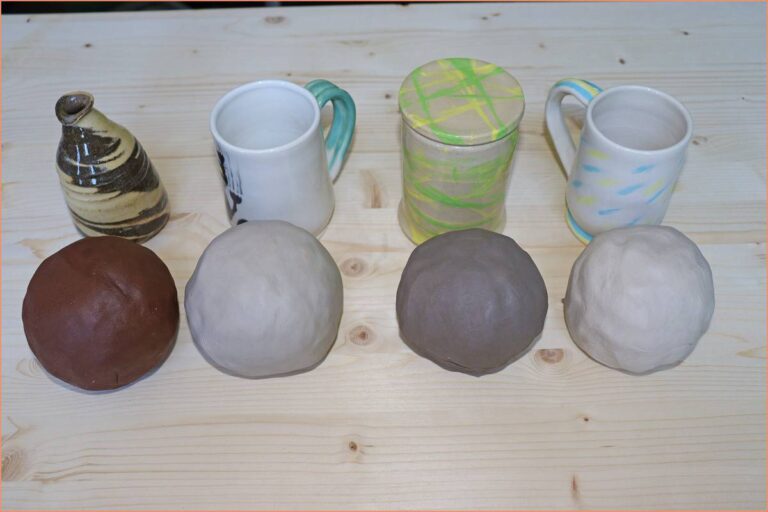How To Clean Glazed Pottery
Glazed pottery adds beauty and charm to any space, whether it’s a decorative vase, a beloved mug, or a treasured ceramic piece. However, over time, these pottery items can accumulate dust, dirt, and stains, requiring regular cleaning to maintain their luster.
In this article, we will guide you through the process of effectively and safely cleaning glazed pottery, ensuring it remains beautiful for years to come.
1. Introduction
Glazed pottery refers to ceramic pieces that have been coated with a layer of glaze, a glass-like substance that adds a glossy finish and enhances the aesthetics of the pottery. While glaze provides a protective layer, it is still susceptible to dirt and stains. Therefore, proper cleaning techniques are essential to preserve the appearance and longevity of glazed pottery.
2. Understanding Glazed Pottery
Before diving into the cleaning process, it’s important to have a basic understanding of glazed pottery. Glaze is a liquid mixture of minerals that is applied to the surface of the pottery and then fired at high temperatures. This process creates a durable and smooth finish, making the pottery more resistant to damage and easier to clean.
3. Preparing for Cleaning
Before you start cleaning your glazed pottery, there are a few important steps to take in order to ensure a successful cleaning process.
Gathering the necessary supplies
To clean glazed pottery effectively, you’ll need the following supplies:
- Soft brushes (such as paintbrushes or makeup brushes)
- Non-abrasive sponges
- Mild dish soap
- Distilled water
- White vinegar
- Soft, lint-free cloths
- Gloves (optional, for extra protection)
Setting up a workspace
Choose a well-lit and spacious area to clean your glazed pottery. Lay down a soft towel or a cushioned surface to protect the pottery from accidental bumps or scratches. This will provide a comfortable and safe space for handling the pottery during the cleaning process.
4. Cleaning Glazed Pottery
Cleaning glazed pottery can be done using both dry and wet cleaning methods, depending on the level of dirt and stains present on the pottery.
Dry cleaning methods
For lightly soiled pottery, dry cleaning methods can be effective in removing dust and loose dirt.
Dusting off the pottery
Using a soft brush, gently dust off the surface of the pottery to remove any loose dirt or debris. Start from the top and work your way down to prevent dust from resettling.
Using a soft brush
In case there are any stubborn dirt particles, use a soft brush to lightly scrub the surface of the pottery. Ensure that the brush you use is clean and doesn’t have any hard bristles that could potentially scratch the glaze.
Wet cleaning methods
For more heavily soiled pottery, wet cleaning methods are recommended to remove dirt and stains effectively.
Soaking the pottery
If the pottery has stubborn stains or dried-on dirt, soak it in a solution of warm water and mild dish soap. Let the pottery soak for a few minutes to loosen the dirt. Avoid using hot water, as extreme temperature changes can cause the pottery to crack.
Gentle scrubbing with a non-abrasive sponge
After soaking, gently scrub the pottery with a non-abrasive sponge. Use light pressure and circular motions to avoid scratching the glaze. Rinse the pottery thoroughly with clean water to remove any soapy residue.
5. Removing Stains and Stubborn Dirt
In some cases, glazed pottery may have stains or persistent dirt that require extra attention. Here are some methods to tackle those stubborn stains.
Homemade cleaning solutions
For mild stains, you can create a homemade cleaning solution by mixing equal parts of white vinegar and distilled water. Apply this solution to the stained areas and gently scrub with a soft brush or sponge. Rinse the pottery thoroughly afterward.
Commercial pottery cleaners
If homemade solutions don’t yield the desired results, you can opt for commercial pottery cleaners. Look for cleaners specifically designed for glazed pottery and follow the instructions provided by the manufacturer. It’s important to test the cleaner on a small, inconspicuous area of the pottery first to ensure it doesn’t damage the glaze.
6. Drying and Storing Glazed Pottery
After cleaning, proper drying and storage are crucial to maintain the integrity of the glazed pottery.
Air drying
Allow the cleaned pottery to air dry completely before storing or displaying it. Placing it on a clean, dry towel or a wire rack will facilitate faster drying.
Avoiding direct sunlight
When drying or displaying glazed pottery, avoid placing it in direct sunlight. Prolonged exposure to sunlight can cause the glaze to fade or develop cracks over time.
7. Maintenance Tips
To keep your glazed pottery looking its best, follow these maintenance tips:
- Regular dusting and cleaning: Dust your glazed pottery regularly to prevent dirt from accumulating. Clean the pottery periodically using the methods outlined above to maintain its appearance.
- Handling with care: Handle glazed pottery with care to avoid accidental bumps or drops. Be mindful of its fragile nature and avoid subjecting it to unnecessary stress.
8. Common Mistakes to Avoid
While cleaning glazed pottery, it’s important to avoid certain mistakes that can potentially damage the pottery or the glaze.
- Using harsh chemicals: Avoid using harsh chemicals or abrasive cleaners on glazed pottery, as they can damage the glaze and strip away its protective layer.
- Scrubbing with abrasive materials: Never use abrasive materials, such as steel wool or rough brushes, to clean glazed pottery. These can leave scratches on the glaze and diminish its appearance.
- Exposing to extreme temperature changes: Avoid subjecting glazed pottery to extreme temperature changes, as this can cause it to crack or break.
FAQs
Can I clean glazed pottery in the dishwasher?
It is generally not recommended to clean glazed pottery in the dishwasher, as the high water temperatures and harsh detergents can damage the glaze and cause it to crack.
How often should I clean my glazed pottery?
The frequency of cleaning glazed pottery depends on factors such as usage and the environment. As a general guideline, clean it whenever it appears dirty or dusty, and periodically perform a thorough cleaning to maintain its overall condition.
Can I use bleach to clean stained glazed pottery?
It is not advisable to use bleach on glazed pottery, as it can damage the glaze and cause discoloration. Opt for milder cleaning solutions like vinegar and water instead.
Is it safe to clean pottery with vinegar?
Yes, vinegar is generally safe to use for cleaning glazed pottery. However, it’s important to dilute the vinegar with water and test it on a small area first to ensure it doesn’t have any adverse effects on the glaze.
What should I do if my glazed pottery develops cracks?
If your glazed pottery develops cracks, it’s best to stop using it for food or liquid storage, as the cracks can harbor bacteria. You can still display it as a decorative piece, but handle it with extra care to prevent further damage.
9. Conclusion
Cleaning glazed pottery doesn’t have to be a daunting task. By following the appropriate cleaning methods and taking necessary precautions, you can maintain the beauty and longevity of your glazed pottery. Regular cleaning and proper maintenance will ensure that your pottery pieces continue to bring joy and enhance the aesthetics of your living space.
